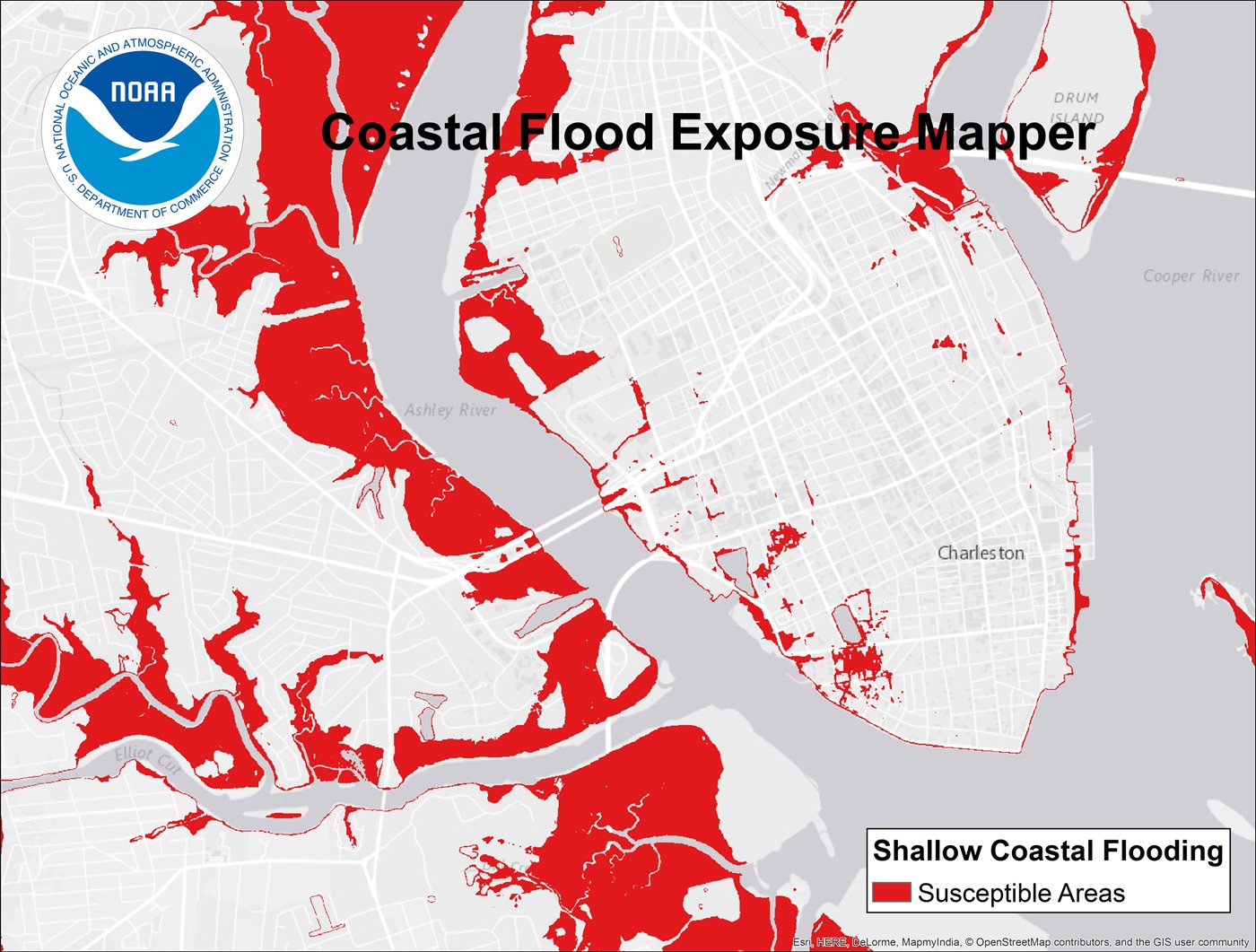Health and Environment
The Health and Environment Program of the Institute for Sustainable Communities seeks to link applied public health research and community engagement to the improved measurement of environmental variables to better understand interactions between individual level health outcomes and the built environment, health systems, and community level factors.
The Health and Environment Program is comprised of faculty, professional staff, and students with backgrounds in toxicology, epidemiology, public health, medicine, and food science. Our work is strongly focused on issues related to disaster mitigation, preparedness, response, and recovery and is supported by many funders, including the Department of Homeland Security, the National Academies of Sciences, the National Science Foundation, the National Institute of Environmental Health Sciences, the National Oceanic and Atmospheric Agency, and the Texas Department of State Health Services.
Collaborators:
Our research and engagement focuses on the intersections of public health and the natural and built environment. As such, we collaborate with researchers in the Texas A&M College of Veterinary Medicine, the Institute of Biosciences & Technology, the Public Policy Research Institute, and the Colleges of Architecture, Engineering, Geosciences, and Liberal Arts, as well as with experts at the Texas Department of State Health Services and other federal, state, and local agencies and organizations. We also work with partners across the Texas A&M University System, including Texas A&M Galveston and Texas A&M Corpus Christi’s Harte Research Institute.
Discovery Initiative Highlights
Disaster Recovery Tracking Tool

Recovery from disasters is a key capability for federal, state, and local governments. To support this capability, practitioners need useful and validated metrics to monitor how well a community is recovering from a disaster over time. The hazards research community has also made the case for more systematic ways of measuring the disaster recovery process across events and over time to improve planning for, and recovering from, disasters. To address these needs, a Disaster Recovery Tracking Tool was developed as part of the Department of Homeland Security Coastal Resilience Center of Excellence.
The web-based tool provides 84 metrics, organized within 4 themes and 10 focus areas, for tracking progress towards recovery. Local planners, emergency managers and long-term recovery committees can use the tool can compare pre- and post-disaster status using baseline and current data. The tool functions as a disaster recovery management platform, enabling users to maintain accessible records of public outreach activities and local contacts, log and monitor the status of recovery-oriented tasks, and capture resource expenditure data required for grant eligibility and reporting.
Please visit the main
Disaster Recover Tracking Tool website to learn more.
This project is supported by the Department of Homeland Security Coastal Resilience Center of Excellence.
Perceptions of Community Resilience in Texas Shoreline Communities

Image courtesy of the
National Oceanic and Atmospheric Administration
Recognizing the combined threats of natural hazards, climate change, and coastal population growth, scholars and practitioners have increasingly focused attention on issues related to community resilience. Much of the existing public opinion research has investigated residents’ perceptions of risks and vulnerability, assuming these perceptions directly translates into support for resilience-building activities.
However, when residents and policy makers do not have similar perceptions of risks, vulnerabilities, and appropriate policy responses, converting the best science into policies is highly problematic and unlikely to result in improved resilience. To address this gap, we propose an innovative approach for understanding the role of engagement in building resilience by looking at differences between general forms of community engagement and engagement more specifically oriented to disasters.
A public opinion survey of residents in four Texas Gulf Coast shoreline counties – Brazoria, Cameron, Galveston, and Nueces – will be used to measure individual perceptions, including public willingness to support specific resilience-building activities. Findings will be presented to local officials, stakeholders, extension agents, and the news media in each community, along with a set of recommendations to more effectively communicate with and engage local residents in resilience-building.
This project is supported by the
National Oceanic and Atmospheric Administration’s Texas Sea Grant Program
Texas OneGulf Center of Excellence Disaster Research Response (DR2) Program

Texas OneGulf, a consortium of nine Texas institutions, led by the Harte Research Institute for Gulf of Mexico Studies at Texas A&M University-Corpus Christi, was established as a RESTORE Center of Excellence to guide the Gulf restoration after the Deepwater Horizon oil spill. As one of the Center’s defining activities, the Texas OneGulf Disaster Research Response (DR2) program was established to create an infrastructure to support disaster research response encompassing environmental and human health components that can be employed rapidly to assess the impact of disasters along the Texas Gulf Coast
Five working groups are tackling various aspects of the challenge. The Community Access and Baseline Health Assessments group is led by Dr. Jennifer Horney. The group is working on a pilot project to measure baseline values for community exposure to environmental contaminants and disasters with partners in the Manchester neighborhood of Houston.
This project is support by the Texas ONEGULF Center of Excellence
Utilizing Secondary Data to Assess the Health and Health System Impacts of Natural and Technological Disasters in the Gulf

Traditional disaster research is often comprised of single disaster case studies with relatively small sample sizes, typically including the collection and analysis of primary data from cross-sectional surveys, rather than regional- or national-level evaluations using standard variables that can be compared across disasters, over time, and in different geographic locations. The narrow scope of such research limits our capacity to enhance the resilience of individuals and communities, or the systems that serve them, to future disasters of a different type, scale, or location.
This project seeks to overcome the challenges of case-study research by conducting a large-scale evaluation of the effects of natural and technological disasters on the health status and health system utilization of Medicare beneficiaries living in coastal communities in the Gulf Region between 1999 and 2010. Using restricted access, individual-level, linked data from the National Center for Health Statistics (NCHS) and publically available data from the Federal Emergency Management Agency, we have created a single longitudinal dataset that can be analyzed to better understand linkages between disaster exposure and subsequent health and health system outcomes across the Gulf Region. The results of this analysis are expected to support improved planning, preparedness, and the development of interventions that will contribute to enhanced disaster resilience among individuals, communities, and health systems in the U.S. Gulf Coast region.
This project is supported by the National Academies of Sciences Gulf Research Program
Data access is facilitated by the Texas Research Data Center